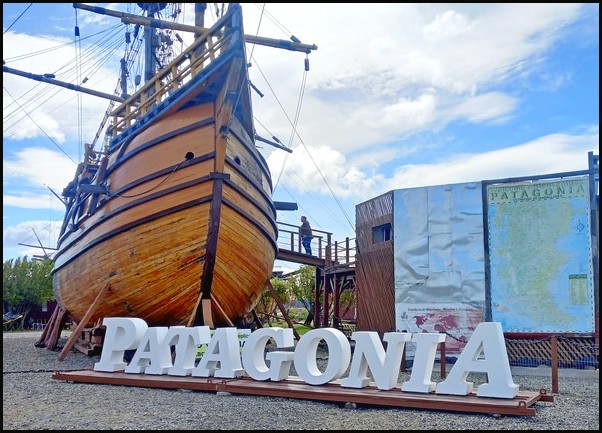
Introduction to Patagonia
I recently spent six weeks in the southern end of South America exploring the incredibly vast region known as Patagonia. It easily ranks as one of the most spectacular natural regions of the world that I’ve ever visited. I experienced many amazing & diverse sites.
Through preparatory research, followed by my own explorations, I’ve learned a great deal about Patagonia. In this article I’m going to share what I now know about this vast and fantastic area.
Previously, I used to only associate Patagonia with the grand open plains and ranchlands of Argentina. That is, in fact, part of Patagonia. But Patagonia also includes a huge tract of the most rugged Andes Mountain range as well as extensive archipelagoes of frigid islands off the southern and southwestern coast of the continent, plus fjords, sea channels, glaciers, snowfields, icebergs, rivers, lakes, volcanoes and forests.
Patagonia is not a state in Argentina or in Chile. Instead, the region includes many states and stretches over both Chile and Argentina. Patagonia basically encompasses the entire southern end of South America, covering about half the land area of both Chile and Argentina.

Within Patagonia are dozens of huge, important national parks in both countries as well as national forests, reserves, marine reserves, forests and special protected areas. There are also many cities, towns, ranches and villages.
Throughout, many species of animals, fish, marine life, trees and plants call the region home. Many are found nowhere else in the world.
Getting a grip on how huge and diverse Patagonia is is actually rather difficult. An equivalent would be Americans having a designated name for all of the western Unites States, say from the Rocky Mountains all the way across to the Pacific Ocean. Let’s call it WUSA.
Clearly that would include a dozen very different states, plus multiple-dozens of national, state and local parks, forests and reserves. The natural landscapes would include huge mountain ranges in Colorado and California; deserts in Nevada, Arizona, New Mexico and California; the dry rock-scapes of Utah; the entire Pacific coast with all its beaches, cliffs, forests and winding roads; giant forests; offshore islands and more.
That would be something like the vast scope and diversity of Patagonia.
In more specific terms, Patagonia in Argentina stretches from Neuquen Province and in west-central Argentina down to Ushuaia town at the bottom of the continent. In Chile, Patagonia stretches from Tumuco lake district all the way down to Cape Horn Archipelago National Park, the closest land on Earth to Antarctica.
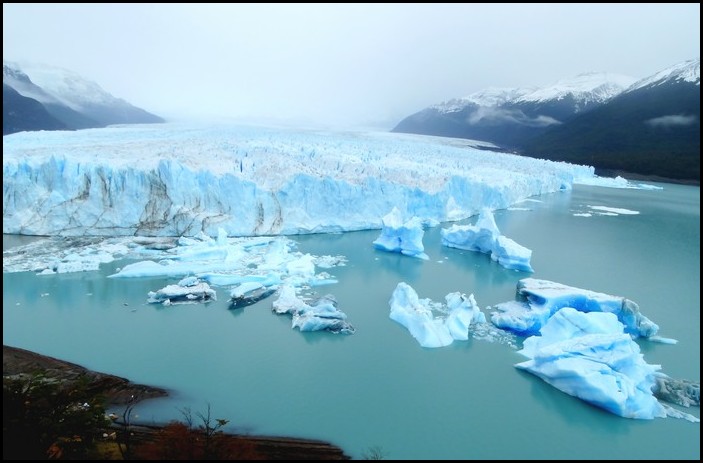
Visiting Patagonia
People visit Patagonia in both Chile and Argentina primarily for a whole slew of outdoor experiences. They go to hike in the rugged Andes Mountains or for mountaineering expeditions on dangerous, remote ultra-high altitude peaks.
They go for cruises to Antarctica, Cape Horn or through the fjords and archipelagos of southern Chile. Or they go to relax and de-stress at pretty lakes and forests.
They go to view some of the world’s most iconic natural sites like the three black rock spires of Torres del Pain National Park, Chile and vibrant-blue Perito Moreno Glacier and its calving icebergs in Argentina.
Visitors also go to experience traditional Pampas ranch life at various luxury ranch hotels or to volunteer at horse-riding ranches.
Others go to spot wildlife: several species of penquins, sea lions, cormorants, condors, dolphins, whales, llamas and guanacos, and the South American rheas, called Naña.
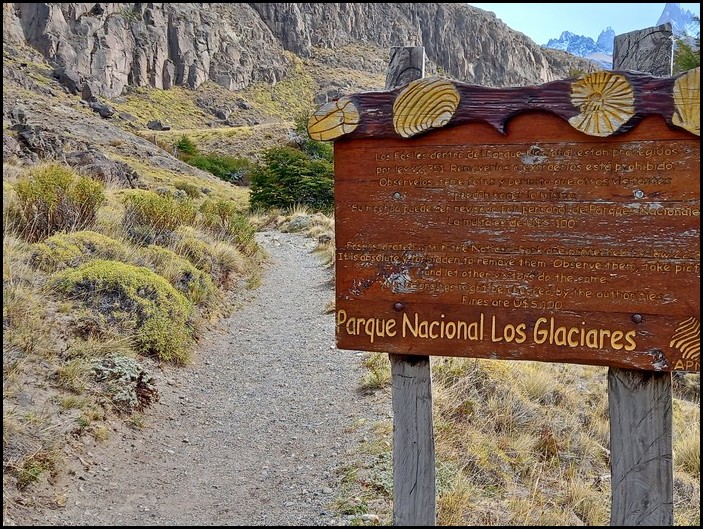
Where to go in Patagonia
Because of Patagonia’s vastness and plethora of locations and iconic things to see, anyone with a typical 1-2 week vacation should narrow in on what they most want to see/do and go directly to that one place, confining themselves to one, or perhaps two, nearby places.
Anyone who wants to experience a great swath of Patagonia will need at least one month. And that’s just to visit a handful of top iconic places. Anyone who wants to explore Patagonia in more depth will need at least three months. But it could easily take six months, a year or more to see it all.
Those without so much time could take several separate short vacations, focusing on one place/ one adventure each time.
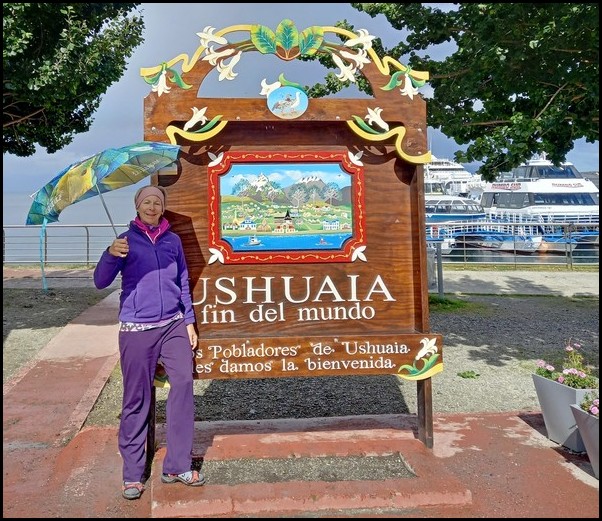
My travels in Patagonia
Since I travel slowly and full time, I explored the Patagonia region for about six weeks in total. During that time I managed to visit six of the most famous/iconic destinations, mostly in Argentina.
I desperately wanted to explore several other areas and national parks in Chile Patagonia, but it was so expensive that I couldn’t afford it. Chile is extremely expensive everywhere, but even more so in Patagonia.
In any event, based on my own adventures in Patagonia and further research, below I outline the main areas to visit in Patagonia, detailing the primary things to see and do in each place.
Argentina Patagonia
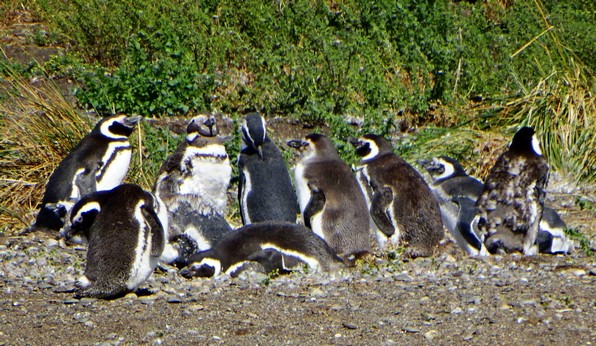
Ushuaia and Tierra del Fuego
Ushuaia is often called ‘The southernmost city in the world’. It’s a large town at the bottom of South America, located in Tierra del Fuego.
Ushuaia has a spectacular natural location. It’s situated right on the wide Beagle Channel, facing tall jagged peaks and backed by more dark rugged peaks and a glacier that hovers right over downtown.
Ushuaia is located at the bottom of Tierra del Fuego Isand. Although the land looks like it’s the tail end of the continent, it’s actually a huge island, separated from the mainland by the relatively narrow Magellan Channel. Ferries cross regularly.
Ushuaia is most famous as the jumping off point for cruises to Antarctica. But there are also popular cruises along Beagle Channel, particularly to see Magellan Penquins, Sea Lions and Cormorants.
It’s also the base for visits to nearby Tierra del Fuego National Park, offering many pretty hiking trails in stuninng scenery. Visitors can also climb up to the town’s Moreno Glacier, hike to various viewpoints and visit ranches.
Ushuaia is probably my favorite place in Patagonia, due to its stunning location and the great day trips that I took on Beagle Channel and the national park.
There are other places to visit on Tierra del Fuego Island, including a few famous ranches and the coastal town of Rio Grande. Driving or taking a bus between Ushuaia and the mainland crosses the entire island from south to north, mostly through vast tracts of pampas, where you’ll spot guanacos and nanas.
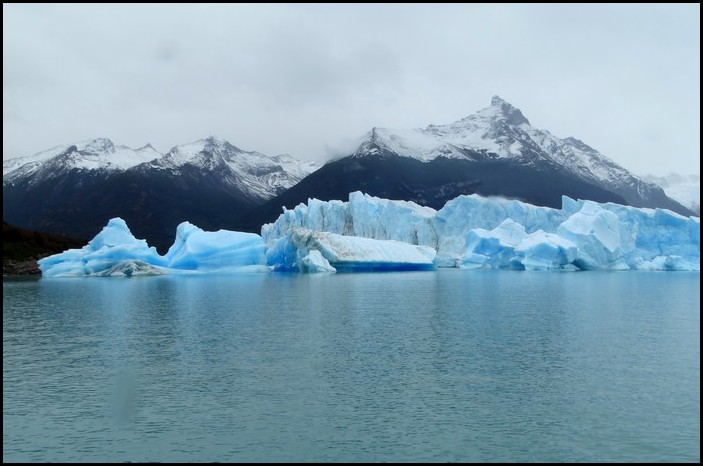
Perito Moreno Glacier and El Calafate
El Calafate is a small, cute town situated on the shores of huge Lake Argentina at the eastern edge of the Andes. It’s the gateway to Glacier National Park and most particularly to Perito Moreno Glacier.
Perito Moreno Glacier is one of the world’s most spectacular and easy to visit glaciers. A 1.5-hour drive or bus ride from town takes visitors to an extensive system of boardwalks covering a hillside just opposite the towering blue glacier.
This glacier is especially spectacular for several reasons. First, its tall front edge is set on Lake Argentina. Secondly, there’s a constant roar from huge chunks of ice falling off into the water and forming icebergs.
Besides the glacier, El Calafate has an exceptional museum called Glaciarium, where visitors can learn everything possible about glaciers, ice, snow and the Andes glaciers in more detail.
El Calafate is about 10 hours’ drive north of Ushuaia.

El Chalten and hiking in Glacier National Park
El Chalten is a tiny town in a flat river valley surrounded by high cliffs and mountain peaks. It’s known as Argentina’s National Capital for Hiking.
The amazing thing is that anyone can simply hike out from town up into the surrounding Andes Mountains on an extensive series of well-made hiking trails of varying lengths and difficulties.
In 30 minutes to 3 or 4 hours hikers can enjoy spectacular sights of several extremely dramatic Andes peaks. Particularly famous are Cerro Torre and Mt. Fitz Roy.
Besides Ushuaia, El Chalten was my favorite place in Patagonia. Boy, those jagged mountain peaks are really spectacular!
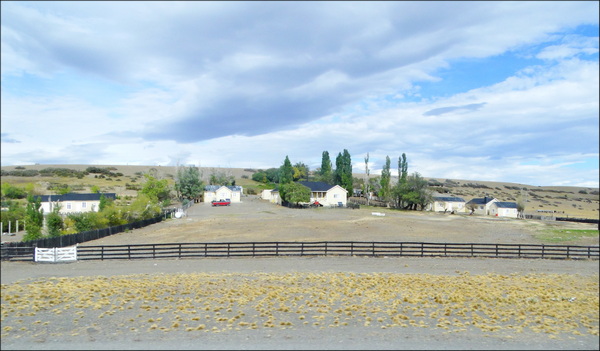
Argentina Pampas
Most of Argentinian Patagonia away from the mountains consists of never-ending expanses of flat or low, undulating plains filled with scrubby vegetation and wandering guanacos, cows, sheep and nanas.
Driving or taking buses through Patagonia will inevitably take you through hours and hours of the stark, dry pampas. Throughout, there are various upscale ranch hotels that offer a luxurious version of traditional pampas life, complete with horseback riding, late-evening Argentinian-style BBQs, star-gazing, guided hikes, animal viewing and other authentic experiences.

Bariloche Lake District
Bariloche is a small tourist town on the shores of Lake Nauhuel Huapi, located towards the northern end of Patagonia. The area includes a series of long, narrow lakes, beautiful forests and looming mountains. The whole region is within Nauhuel Huapi National Park.
Bariloche is extremely popular among residents of Buenos Aires, partly because it’s just a 1+ hour flight away. In winter, vacationers travel to Bariloche to ski at Latin America’s biggest ski resort, Cerro Cathedral, just a short drive from Bariloche town.
In other seasons, Buenos Aires residents hop over to Bariloche for a break, to sit around chatting and drinking, eating out, shopping and driving around the lakes to various famous veiwpoints and attractions. The town is also famous for chocolate, which I must admit is really surprsingly good quality.
I personally did not like Bariloche very much. The lakes, trees, forests and mountains are very pretty. But it’s excessively over-run by traffic, people and noise. It’s a place where city people re-locate their daily city-style lives to the shores of the lake and small town.
Bariloche is a whopping 20-24 hours’ bus ride or drive from El Calafate. It is literally much faster and cheaper from El Calafate to fly to Buenos Aires and then from there to fly to Bariloche.
Neuquen Lake District
Neuquen is another popular lake district region. It’s located about six hours northeast of Bariloche, making it even closer to Buenos Aires. Neuquen Province is considered the northernmost reaches of Patagonia in Argentina.
I didn’t have a chance to visit this area, so I can’t write much more about it.
Chile Patagonia
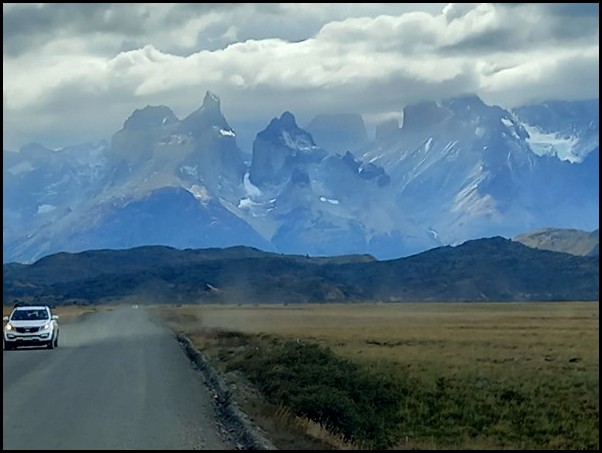
Torres del Paine National Park
and Puerto Natales
Torres del Paine National Park contains one of Patagonia’s most iconic sites. It’s the three black dagger-like rock spires piercing the sky on the edge of a bright-green, high-altitude glacier lake. Visitors can view the three towers from various vantage points in the park or make the strenuous 3-4 hour hike up to the lake’s edge for that iconic photo.
Within the vast park there are several lakes, glaciers, an equally-iconic hulking mountain massif, hiking trails, boat trips, a handful of luxury hotels and restaurants.
Puerto Natales is a small town located about 2.5 hours’ drive south of the national park. It’s the usual base for visits to the park. There’s not too much else to see or do in town, but there are a couple excellent museums and a lakeside walk.
The tiny town of Torres del Paine is much closer to the national park, but it’s incredibly expensive. A bed in a hostel dorm costs a minimum of $75US per night! Private hotel rooms cost considerably more. To be sure, Torres del Paine village is a much faster, easier place to be based for park visits for anyone who can afford to stay there.
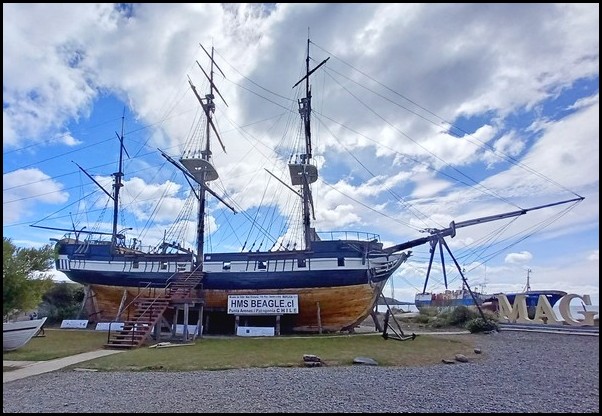
Punta Arenas and Magellan Straights
Punta Arenas is most famous as a starting point for cruises to Antarctica, much like Ushuaia, Argentina. Several major Antarctic cruise companies are based in Punta Arenas.
Compared to other towns around Patagonia, Punta Arenas does not have a particularly beautiful location. However, it is situated on the broad Magellan Straight and has a handful of fantastic things to see and do.
Most relevant to its location is the wonderful open-air Museum of Nao Victoria situated right on the shores of the Channel. It showcases life-size replicas of the most famous historic ships that passed through the Channel, along with very detailed information about the ships, their voyages, the captains and famous crew.
Most important are the Nao Victoria ship that Magellan sailed when he discovered his namesake passage between the Atlantic and Pacific Oceans, plus the HMS Beagle, the ship that Darwin sailed on during his discovery voyage that lead to his great masterpiece, The Origin of Species.
Downtown Punta Arenas has a small but beautiful historic district and an excellent museum inside a historic private mansion. There are also tours across Magellan Channel, to see penguins and to visit nearby national parks.
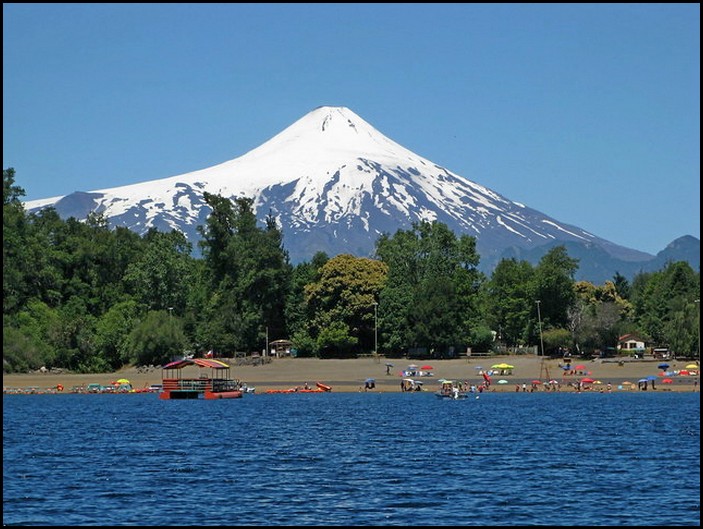
Chile’s Lake District
The huge region between Temuco and Puerto Montt is filled with more than a dozen beautiful, calm lakes as well as several dozen conical volcanoes, forests of native Araucaria trees and several national parks. It stretches over 300 km / 185 miles north to south between the two cities, and 120-150 km / 70-90 miles across to the Andes Mountains.
This is Chile’s spectacular Lakes District. It’s an extremely popular vacation area with the whole range of outdoor activities to enjoy, from relaxing to extreme sports. Not surprisingly, the area is filled with accommodations for all budgets, from backpacker’s hostels to apartment rentals to luxury hotels to campgrounds.
To the immediate east are the high Andes Mountains and on the other side is Argentina. There are several border crossings through high mountain passes. One
of the crossing entails boat trips on lakes on both sides of the border.
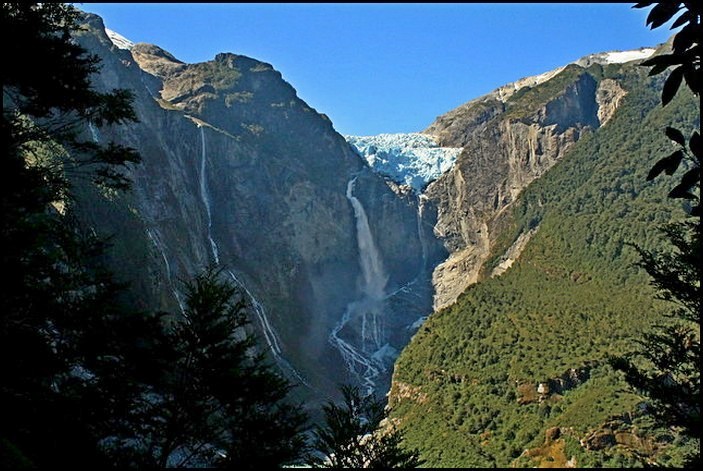
Puerto Montt to O’Higgins
South of Puerto Montt, Chile’s land area becomes very narrow, hugging the high Andes Mountains on the east. To the west is the Pacific Ocean and further down, a very extensive & complex regions of islands, fjords and sea channels.
From Puerto Montt a road continues down 1220 km / 756 miles to O’Higgins. That’s the end of the road in Chile. To continue further south, one must either fly or travel by boat to reach the southernmost regions of Chile, such as Punta Arenas.
Within this vast, wild dramatic region are dozens more spectacular national parks and small tourist towns that cater to visitors. Some of the most popular and famous include Patagonia National Park, Laguna San Rafael National Park Math its vast icefield and glaciers, huge Lake Carrerra with its famous Blue Marble Caves, Puerto Aysen/Puerto Chacabuko with its cruise ports, Magdalena Island National Park and Queulat National Park with its extra-dramatic glacier/waterfall/crater lake views.
There are also various long-distance cruises from Puerto Montt through sea channels, fjords and complex archipelagos down to Puerto Aysen, to Punta Arenas, to Puerto Williams at the very bottom of the continent and even down to Cape Horn National Park islands.
All these incredible and vast regions in Chile I’ve been dying to explore. But, alas, they are all inaccessibly-expensive for me. Boo, crying!
But for any outdoor enthusiasts and nature lovers who have the money, exploring southern Chile’s massive and complex Patagonia region could be a dream come true.
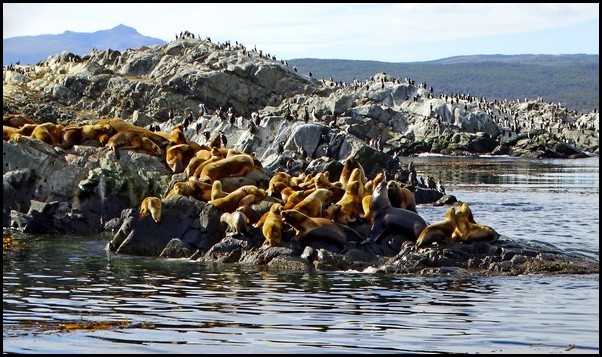
Summary
As noted, Patagonia is an incredibly vast, diverse and dramatic region at the southern end of South America. It’s particularly enticing for nature lovers and outdoor adventurers who can experience some of the most dramatic and beautiful natural areas in the world as well as catch glimpses of amazing indigenous animals and plant life.
I was thrilled to explore Patagonia for six weeks, witnessing several iconic natural landscapes and amazing wild animals, hiking in the spectacular Andes Moutains and passing through hours and hours of Patagonian pampas lands.
I’ll be writing more detailed articles about each of the places I visited in Patagonia: Ushuaia, Punta Arenas, Puerto Natales & Torres del Paine National Park, El Calafate & Porito Moreno Glacier and El Chalten.
I’ve already written about many amazing outdoor places in Chile in this article
Meanwhile, I hope this article will help inspire you to visit some regions of Patagonia sometime soon.
=======================
You might also enjoy:
The 10 Most Spectacular Natural Places in Chile
11 Interesting Facts about Argentina
========================







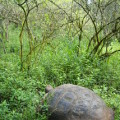
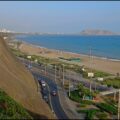

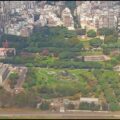

 Hi! I'm Lash, an American nomadic world traveler who's been traveling solo since 1998. I’m passionate about traveling the world nomadically and then sharing it all with you. I hope to inspire you to travel the world, to entertain you with tales from the road, and to help you reach your travel dreams. Welcome!
Hi! I'm Lash, an American nomadic world traveler who's been traveling solo since 1998. I’m passionate about traveling the world nomadically and then sharing it all with you. I hope to inspire you to travel the world, to entertain you with tales from the road, and to help you reach your travel dreams. Welcome! 




4 pings
Introduction to Ushuaia – Argentina - LashWorldTour
2023/05/26 at 11:03 pm (UTC 8) Link to this comment
[…] Earlier this year I spent six weeks exploring the southern end of South America, an incredibly vast region called Patagonia that covers the bottom regions of both Argentina and Chile. I wrote all about Patagonia here. […]
Introduction to El Calafate and Perito Moreno Glacier – Argentina - LashWorldTour
2023/06/01 at 5:20 am (UTC 8) Link to this comment
[…] Introduction to Patagonia […]
15 Interesting Facts about Brazil - LashWorldTour
2023/07/22 at 6:14 am (UTC 8) Link to this comment
[…] Introduction to Patagonia […]
LashWorldTour 2024 Travel Plans - LashWorldTour
2024/12/17 at 11:13 pm (UTC 8) Link to this comment
[…] Introduction to Patagonia […]